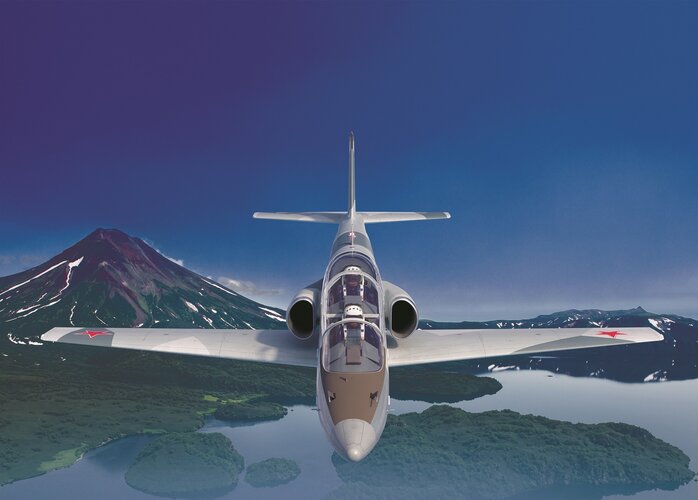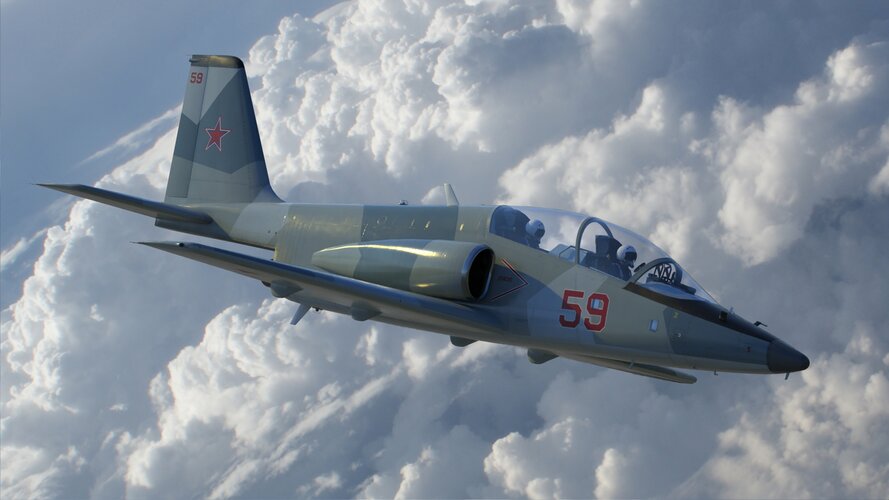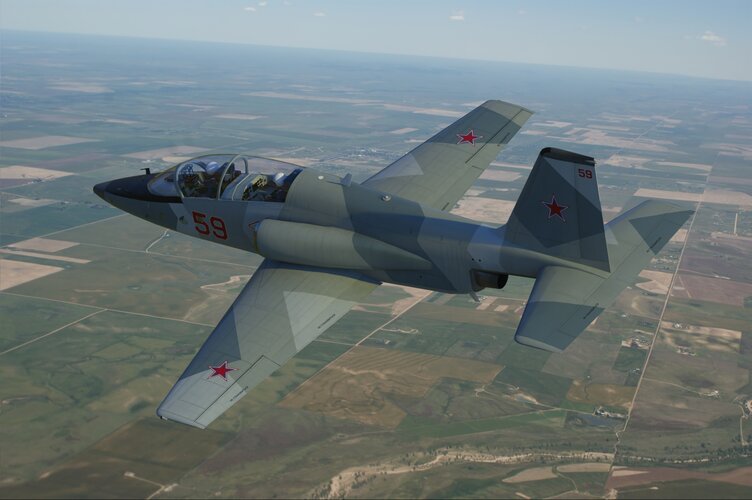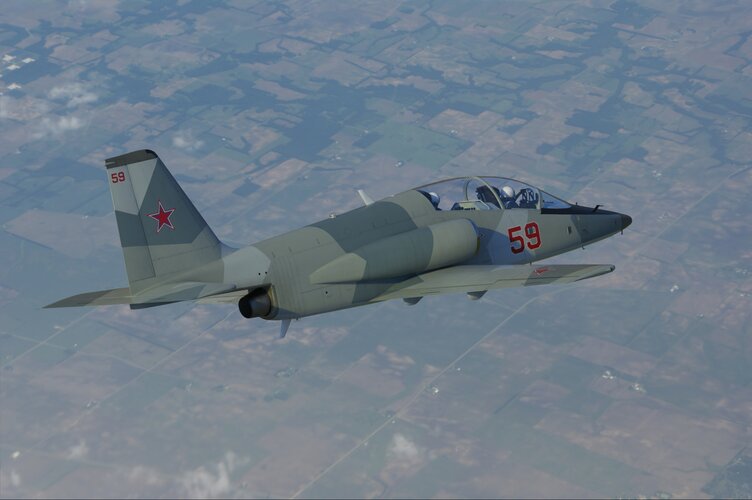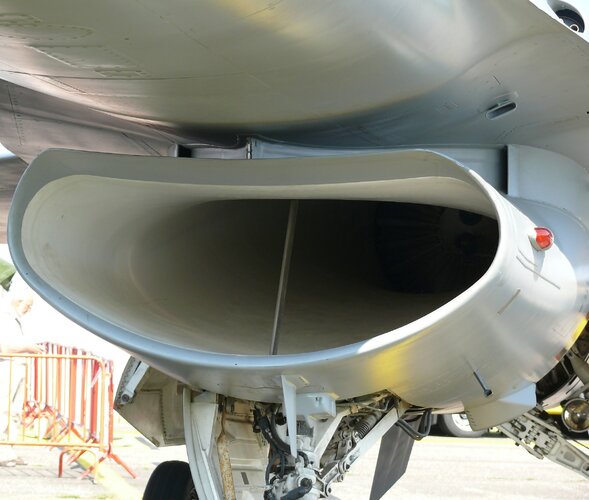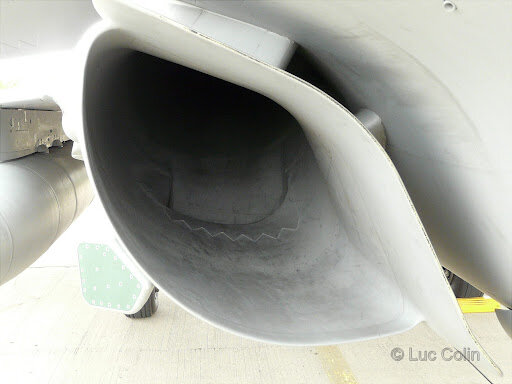- Joined
- 3 June 2006
- Messages
- 3,094
- Reaction score
- 3,946
Source: https://telegra.ph/MiG-obucheniya-12-26
Thanks mods, for editing this post. These pictures were formerly taken from paralay's forum.
Thanks mods, for editing this post. These pictures were formerly taken from paralay's forum.
Attachments
Last edited:



